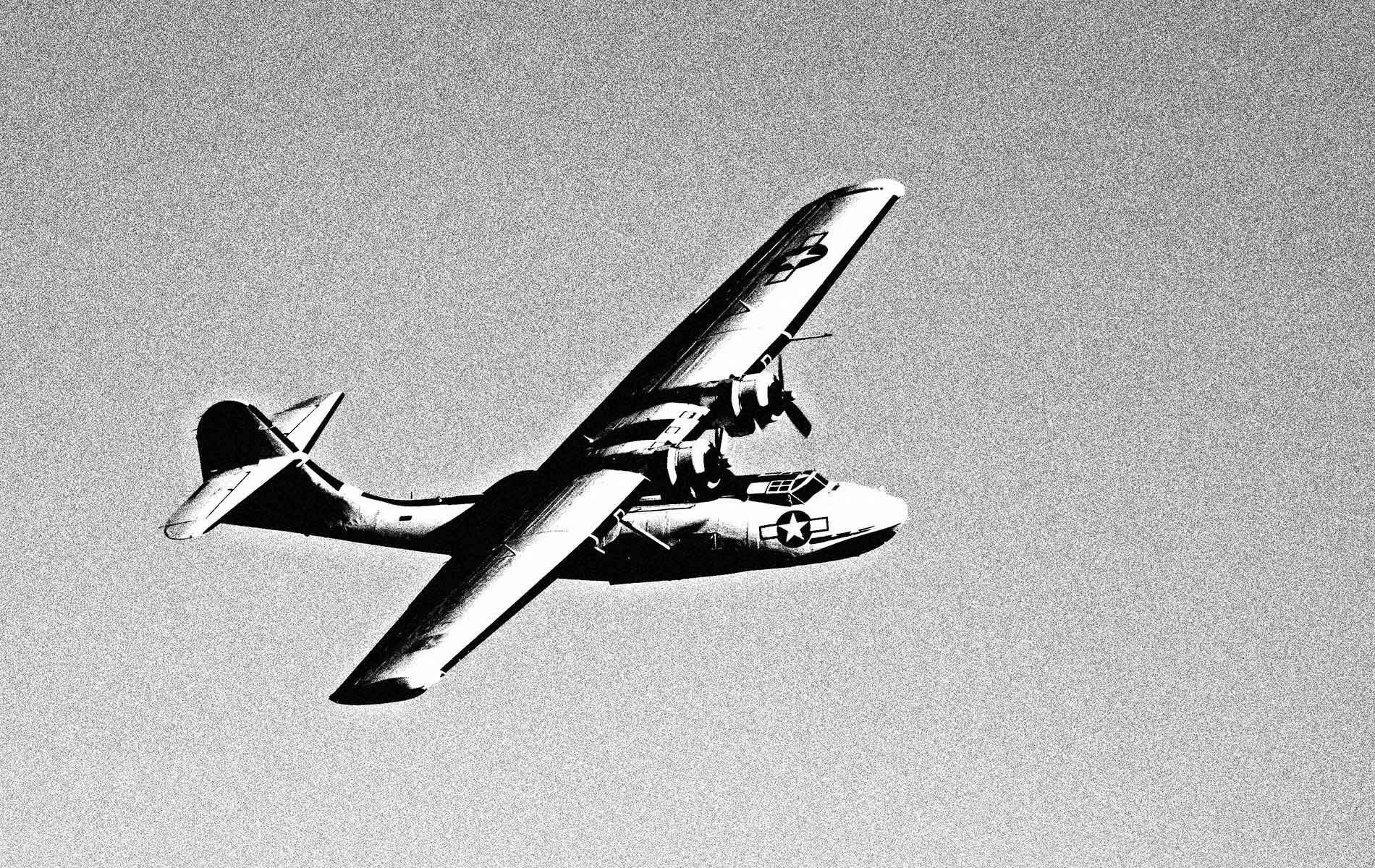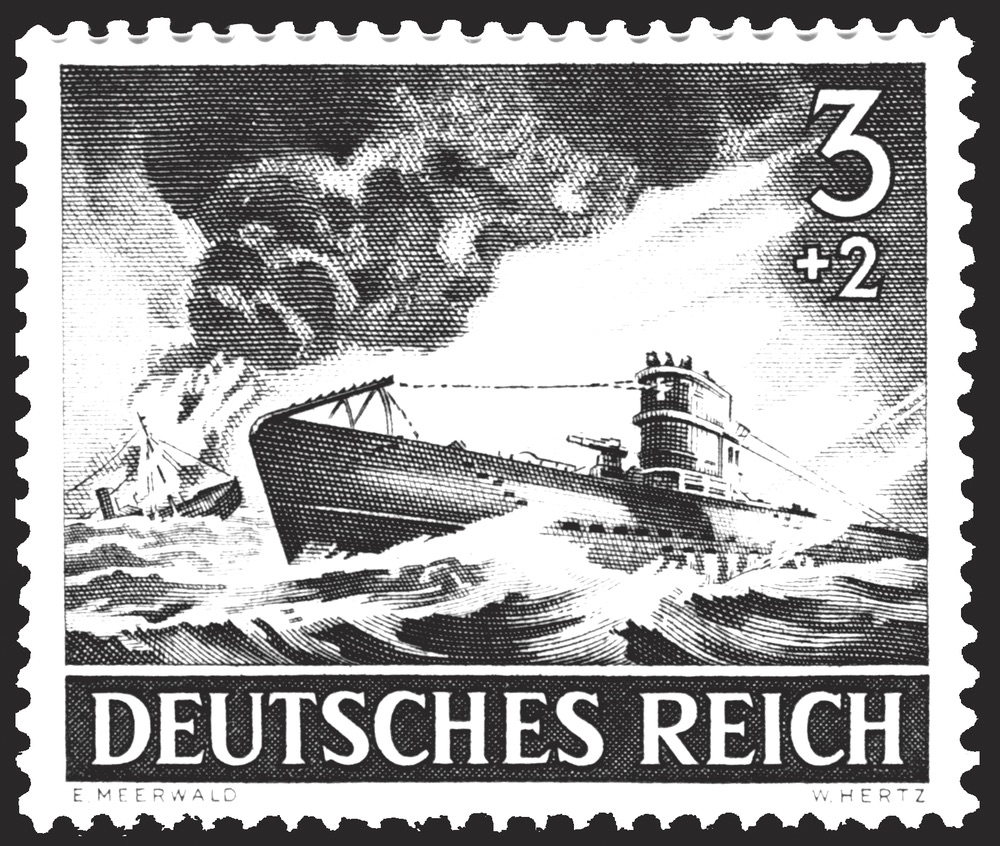
vie-magazine-uboat-attacks-on-gulf-2012-feature
Battle in the Gulf
By Bill Weckel
When we think of the front lines of the war with Nazi Germany, places like Normandy, Anzio, and Tobruk quickly come to mind. The beautiful emerald waters of the Gulf of Mexico don’t conjure up images of the life-and-death struggle that took place between the Axis and Allied powers. But that is exactly what happened in the Gulf of Mexico from 1942 to 1943—it was a battlefield where many sailors lost their lives.
In 1942, Hitler had only one weapon capable of striking at the United States: the submarine. The German Kriegsmarine (Navy) was well equipped for the task. Its Ubootwaffe, or submarine force, had more than two years of combat experience, built on a solid foundation of successful submarine warfare tactics and strategies developed during the previous war. Additionally, the Kriegsmarine possessed several of the world’s most advanced submarines: the Type VII and Type IX. The larger Type IX boats had the range and endurance for extended operations off the North American coasts, while the smaller Type VII boats could be refueled and resupplied by the specially modified supply submarines known as Milchkühe (milk cows).

The submariners of the German Kriegsmarine were considered elite troops, and their exploits were popularized in wartime newsreels, postcards and postage stamps.
Hitler wasted very little time in bringing the war to the United States. Just eleven days after the Japanese attack on Pearl Harbor, the Kriegsmarine dispatched six of its long-range Type IX boats to reconnoiter the East Coast of the U.S. in an operation code-named Paukenschlag, or “Drumbeat.” They discovered an enemy unprepared for war. American merchant ships plied the coastal shipping lanes without the protection of armed escorts or an organized convoy system—tactics that proved successful in combating Germany’s U-boat threat during the First World War.
In less than a month, the Drumbeat boats sank thirty-four ships without loss to themselves. The U-boats had found a fertile hunting ground and would soon return in strength. Successive waves of U-boats, sailing from their bases in occupied France, would discover even better hunting in the Gulf of Mexico.
U-507, a Type IXC U-boat, departed Lorient, France on 4 April 1942 under the command of Korvettenkapitän Harro Schacht. Twenty-six days later, U-507 attacked and sank the SS Federal, an American steam tanker out of Tampa, five miles north of Cuba. After eluding several patrol planes, U-507 entered the Gulf of Mexico. On 4 May, the SS Norlindo, sailing unescorted from Mobile, would be the first ship to be sunk in the Gulf of Mexico. A single torpedo would send her to bottom with a loss of five of her crew.

Type VIIC U-boats, like the one pictured above, were used extensively by the Kriegsmarine to attack Allied shipping along the East Coast of the United States and in the Gulf of Mexico. Along with the newer, long-range Type IXC U-boats, the VIIC’s were employed with devastating effect, sending more than fifty merchant ships, their cargos, and their crews, to the bottom of the Gulf of Mexico.
The sinking of the SS Norlindo marked the beginning of a very successful campaign in the Gulf of Mexico. Throughout 1942 and 1943, more than twenty U-boats would operate in the Gulf, attacking merchant shipping from Florida to Texas. Ultimately, fifty-six ships would fall victim to the U-boats. May of 1942 holds the distinction of being the most successful month for the U-boats with more ships being sunk in the Gulf of Mexico that month than during any other month, and in any other theater of the Second World War.

The submariners of the German Kriegsmarine were considered elite troops, and their exploits were popularized in wartime newsreels, postcards and postage stamps.
The U-boats operated with near impunity in the Gulf, only losing one boat there during the entire war. After attacking and sinking the SS Robert E. Lee near the Mississippi River Delta, the U-166 was itself attacked and sunk by the U.S. Navy patrol craft PC-566, with a loss of all hands.
The success that the boats experienced in the Gulf had as much to do with American inexperience and unpreparedness as it had to do with the superior tactics and technology possessed by Germany. Naval commanders in Washington were reluctant to follow British advice and institute a convoy system and provide armed escorts. The Gulf Coast failed to institute blackouts and merchant mariners didn’t practice light discipline. These two shortcomings greatly enhanced the ability of U-boat crews to both navigate using landmarks and accurately target ships at night. One German commander operating off the west coast of Florida commented, “It’s as if they [the Americans] aren’t aware there’s a war going on.”

The Works Project Administration created posters in an effort to educate and mobilize the civilian population against the U-boat threat.

The Works Project Administration created posters in an effort to educate and mobilize the civilian population against the U-boat threat.
British frustration with America’s inability (or unwillingness) to institute basic defense measures rose steadily through 1942. Ironically, the Royal Navy ended up providing the U.S. Navy and Coast Guard with armed patrol vessels to combat the U-boat threat in the Gulf.
By 1944, however, the tide had shifted to favor the allies. The convoy and escort system was in place and the Intracoastal Waterway was operational. Blackout measures became the norm, and beach patrols guarded against Nazi saboteurs. Technological developments such as sonar, radar, and improved antisubmarine weapons turned the hunters into the hunted. By war’s end, the elite, all-volunteer Ubootwaffe would claim the highest loss rate of any German service. Of the forty thousand men who served in U-boats during the Second World War, twenty-eight thousand were killed in action, with another eight thousand becoming prisoners of war.
— V —
Share This Story!
KEEP UP WITH THE LATEST STORIES FROM VIE
















































































































































